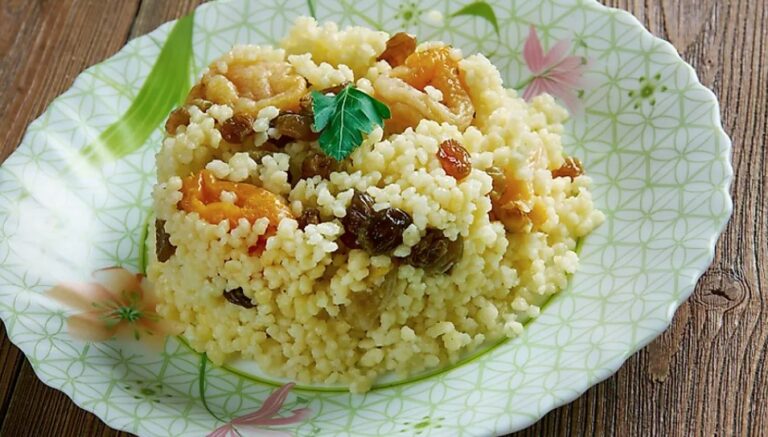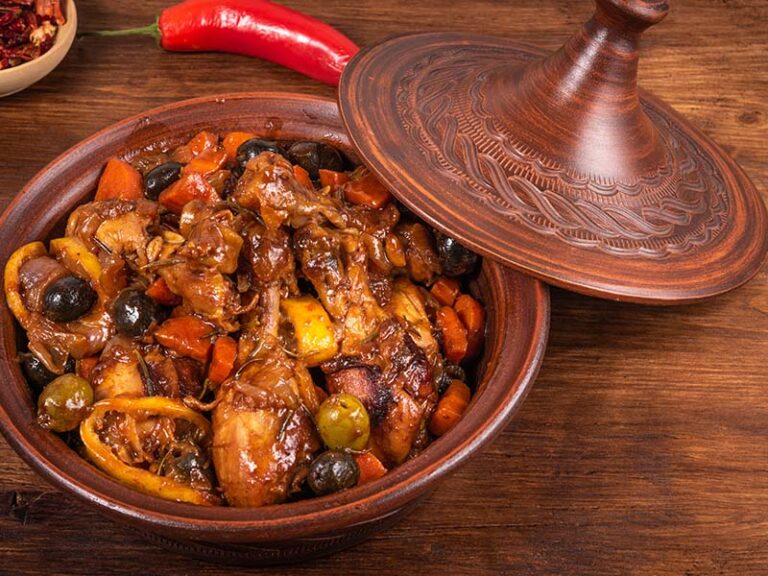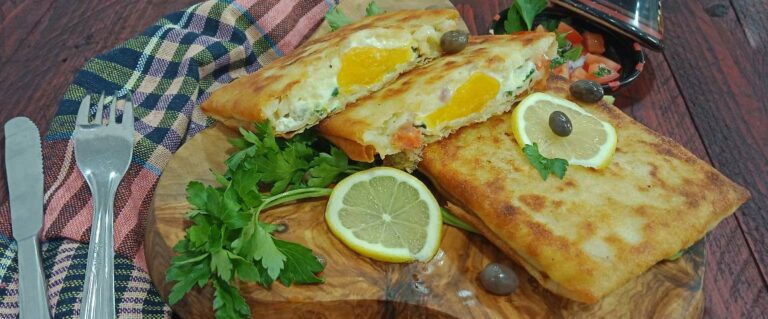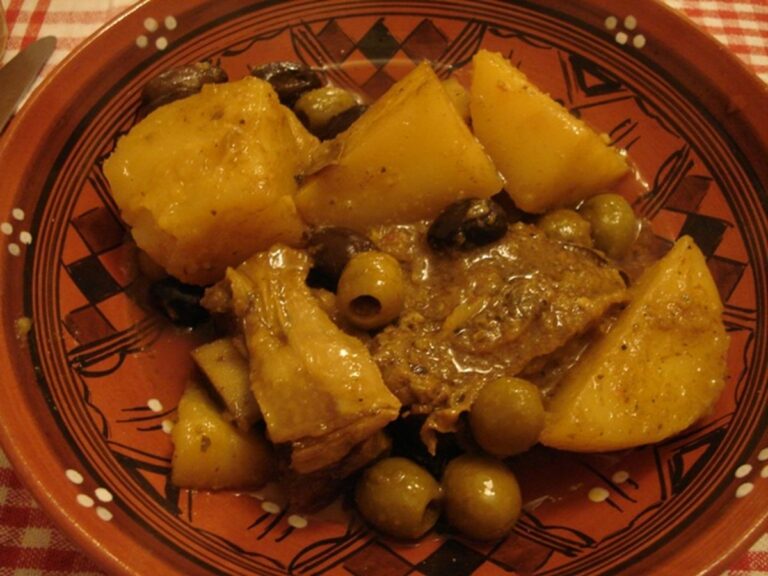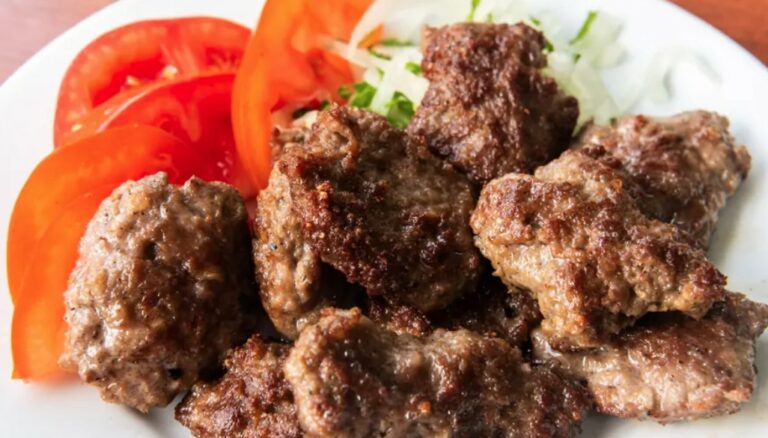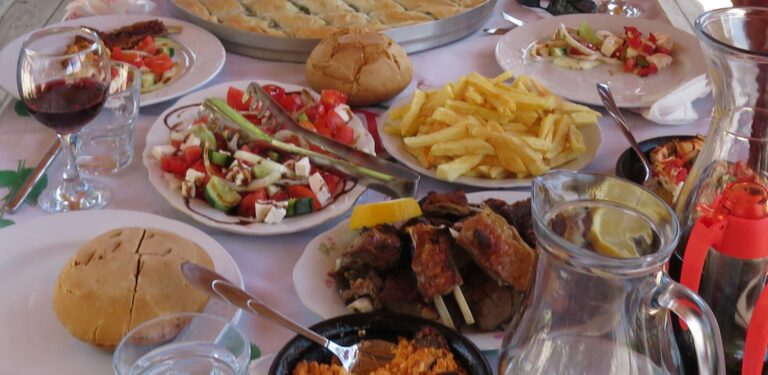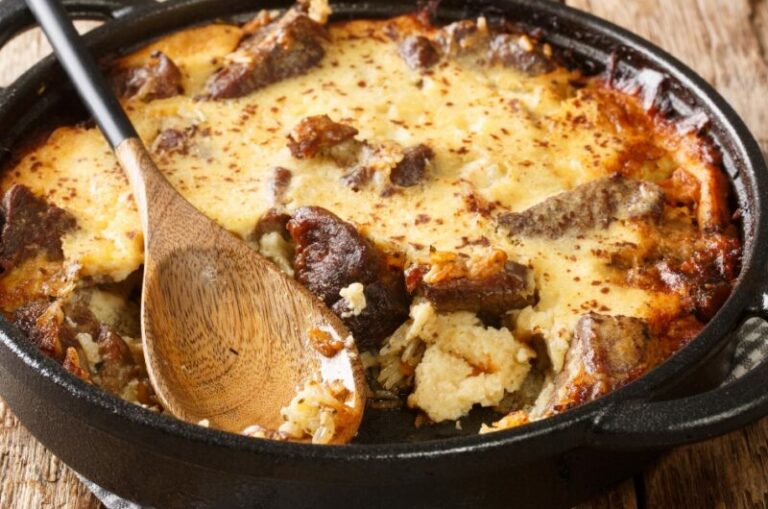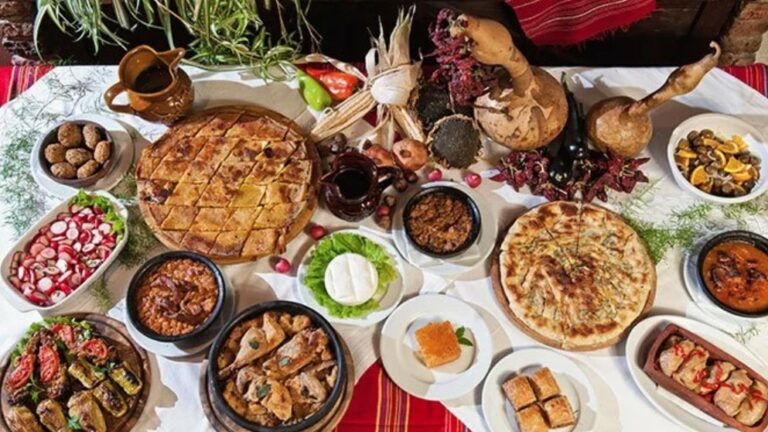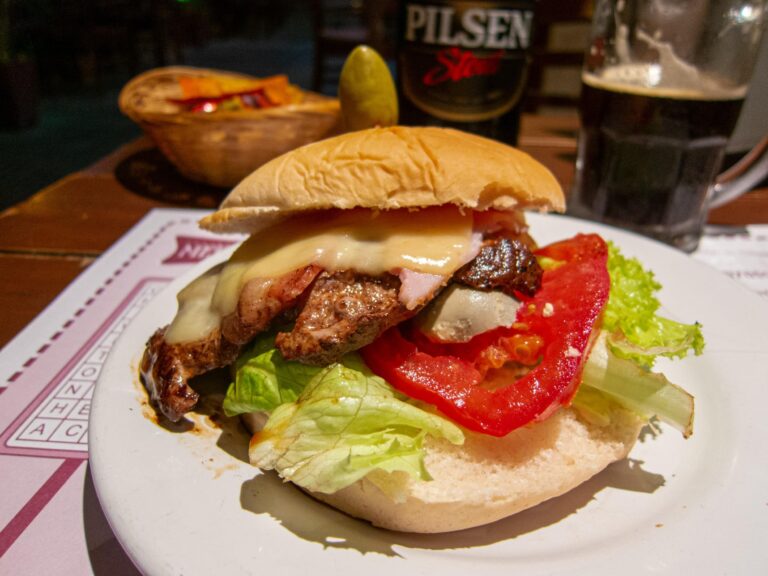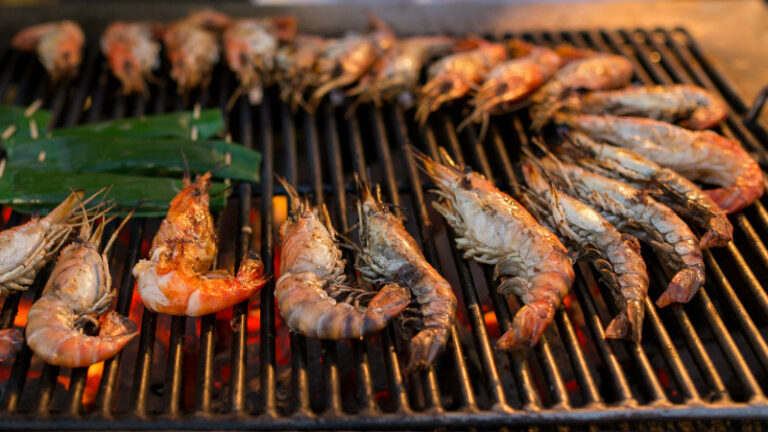Introduction: Algerian cuisine
Algerian cuisine is a rich blend of North African, Mediterranean, and Middle Eastern flavors and cooking techniques. Algerian cuisine is characterized by a variety of spices, herbs, vegetables, and meats, making it a popular culinary destination. The history of Algeria, which includes influences from Berber, Arab, Turkish, and French cultures, has contributed to the diversity of Algerian cuisine.
Traditional Algerian dishes
Traditional Algerian dishes consist of couscous, tajines, and briks. Couscous is a staple food in Algeria, made from semolina flour and served with vegetables, meats, or stews. Tajines are slow-cooked dishes made with meat, vegetables, and spices. Briks are similar to samosas, but with a crispy outer layer and a savory filling of potatoes, egg, and meat.
Influence of French colonization
French colonization had a significant impact on Algerian cuisine. French cooking techniques and ingredients, such as butter and cream, were incorporated into traditional Algerian dishes. Algerian-French fusion dishes, such as bourek, a savory pastry of meat and cheese, became popular.
Algerian cuisine around the world
Algerian cuisine has gained popularity in France, Italy, and Spain due to their geographic proximity and cultural exchange. Algerian restaurants and cafes are also becoming more common in the United States, United Kingdom, and Canada.
Popular Algerian street food
Street food is a big part of Algerian cuisine. Popular street food items include merguez sausage, grilled lamb or chicken skewers, and mechoui, a whole roasted lamb.
Algerian spices and flavors
Algerian dishes are known for their bold and deep flavors, thanks to the use of spices such as cumin, coriander, and paprika. Harissa, a fiery chili paste, is a staple in many Algerian dishes.
Algerian dishes with global appeal
Some Algerian dishes have gained popularity internationally, such as couscous and tajines. Algerian desserts, such as baklava and makroud, have also gained recognition.
Conclusion: Algerian cuisine gaining recognition
Algerian cuisine is gaining recognition worldwide, and its popularity is expected to continue to rise. With its rich flavors and diverse influences, Algerian cuisine has something to offer to foodies everywhere.

